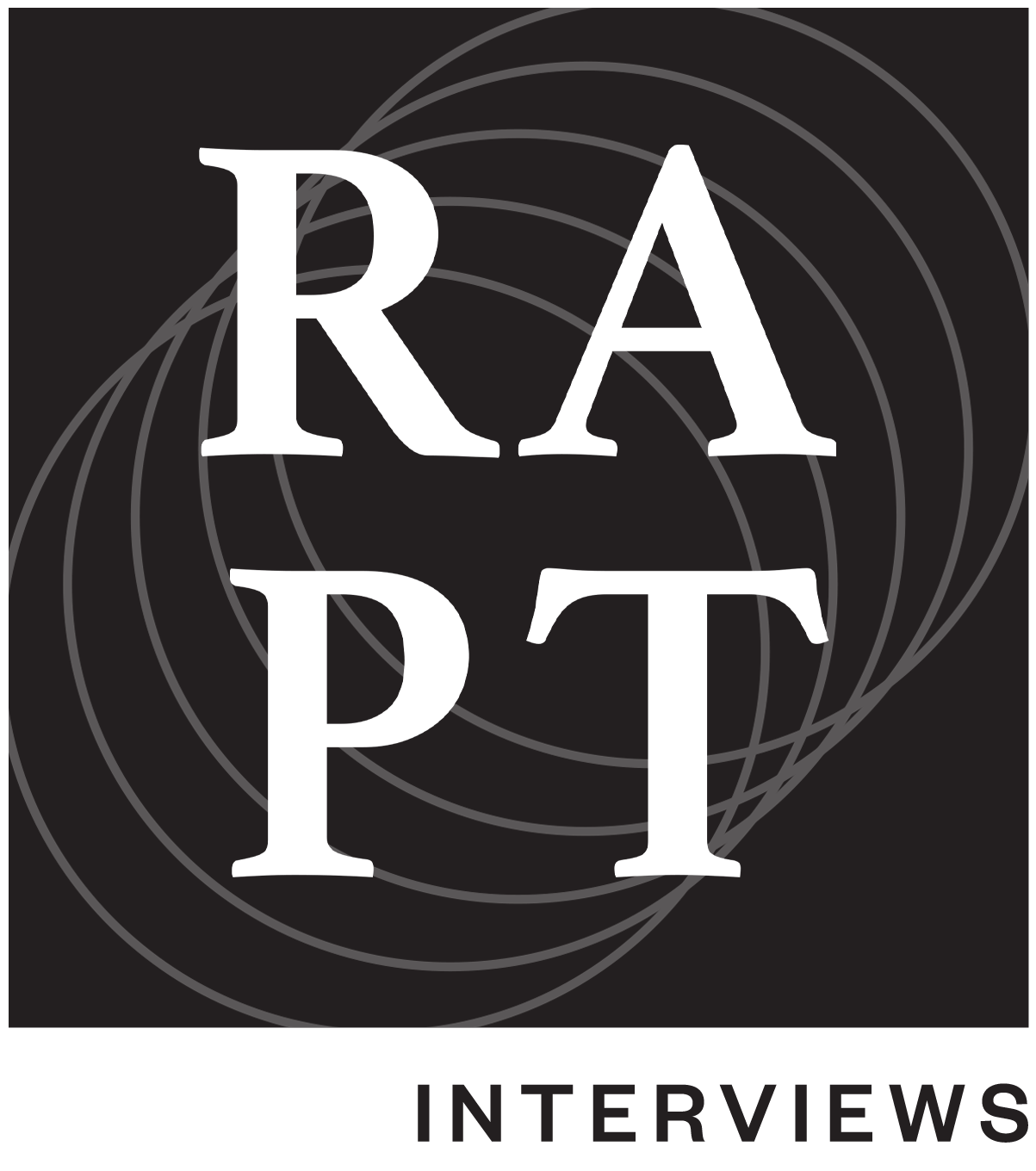Lent: A Guide for Everyone
Walter Hesford
3 min read ⭑
Everyone loves to participate in Mardi Gras, on the brink of Lent, but only some Christians observe Lent itself.
Mardi Gras gets its name from the consumption of fat (in French, “gras”) on the Tuesday (in French, “Mardi”) before Ash Wednesday, the start of Lent, during which time Christians were supposed to fast or at least refrain from the eating of meat. Hence all the fats in Christian communities were eaten up on Mardi Gras before the start of Lent.
Most people now associate Mardi Gras with parades, costumes and partying, though sometimes fat consumption occurs: My church has a pancake and sausage supper.
Nicolás Pinilla; Unsplash
The next day we go to church to have our foreheads marked with a cross of ashes, a practice followed in many Christian churches. This reminds us that “you are dust, and to dust you shall return,” a quote from the Bible’s Book of Genesis, and begins a period of repentance up until the brink of Easter — 40 days, excluding Sundays.
The 40-day span is grounded in an event in Jesus’ life right after his baptism, related by the Gospel of Mark: “And the Spirit immediately drove him out into the wilderness. He was in the wilderness forty days, tempted by Satan and he was with the wild beasts; and the angels waited on him.”
I always considered Lent a time to slow down and thought the word “Lent” was connected to the Italian word “lento,” used on musical scores to designate that the musicians should play slowly. In fact, my American Heritage Dictionary informs me that “Lent” derives from “lencten,” an Old English term for “lengthening,” and refers to the lengthening of days in spring. So Lent is also a spring festival.
Lent thus offers a cluster of possibilities: fasting — or at least giving up something for Lent; repenting; joining Jesus in a wilderness experience; and experiencing the lengthening of days. Can everyone take part?
Let’s consider fasting first. Not my cup of tea, but many do it for health reasons. And many religions suggest it as a form of spiritual discipline. In its “Lenten Prayers for an End to World Hunger,” Bread for the World, a faith-based organization that advocates nationally and globally for hunger relief, suggests that we donate the money from our fast to a hunger relief program and also write to our members of Congress, urging them “to support policies to reduce and end hunger.” Everyone can do this.
“During everyone’s Lent we inevitably experience the lengthening of days, the increase of warmth and light. We might think of ways we want to grow along with the new green life spreading before us.”
Repentance, in my Christian tradition, involves asking forgiveness for not loving God with all one’s heart and not loving one’s neighbor as oneself. Not everyone would be comfortable doing this, though maybe everyone should turn their attention to the needs of their neighbors from time to time.
Repentance, at its roots, calls for us to turn or change our thoughts (“-pense”) and hearts back (“re-”). Back to what? For Christians, it will be God; for others, it may be some other foundation. This change, if real, should result in action, such as caring for the welfare of others, working for peace and social justice or cultivating well one’s own mind and garden.
How about joining Jesus in the wilderness during Lent? Jesus’ wilderness experience is a time of preparation for preaching and embodying the reign of God. Imperial satanic forces do not want God to reign so they tempt Jesus to forgo a confrontation with the “principalities and powers of this world,” in the Apostle Paul’s words in his Letter to the Ephesians. This confrontation will result in the crucifixion of Jesus.
What spirit might lead us into our wilderness? What temptations, wild beasts and angels might we find there? How might our time there prepare us for our future? Maybe we will emerge from our wilderness experience ready to work against the imperial forces that oppress us now and for spiritual or physical liberation.
During everyone’s Lent we inevitably experience the lengthening of days, the increase of warmth and light. We might think of ways we want to grow along with the new green life spreading before us.
But let’s take it lento (slowly) so that strong roots can form and that the Lenten spirit can sustain us throughout the year.
Walter Hesford is an emeritus professor of English at the University of Idaho, where he taught American Literature, World Literature and the Bible as Literature. He currently coordinates an interfaith discussion group, is a member of the Latah County Human Rights Task Force and Emmanuel Lutheran Church in Moscow, and is an author at Religion News Service.


